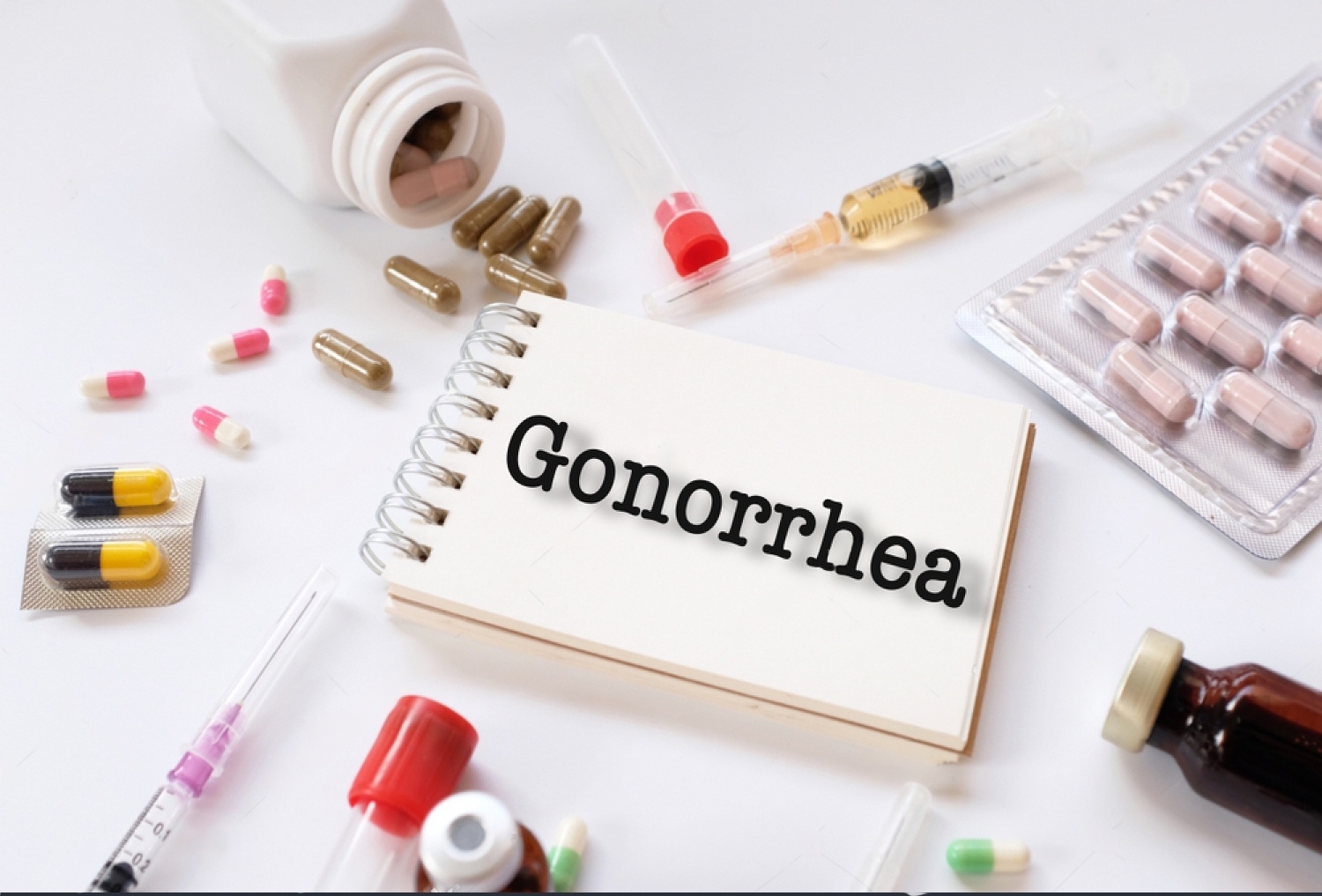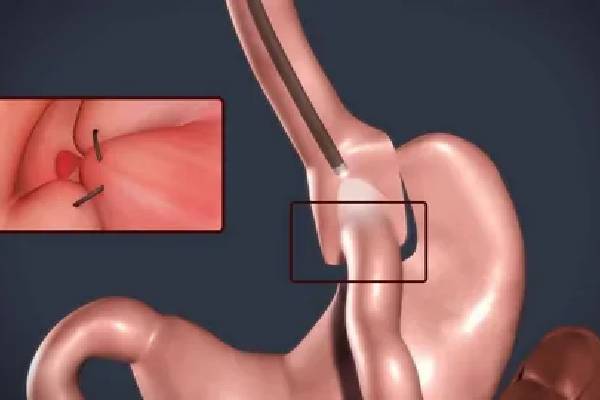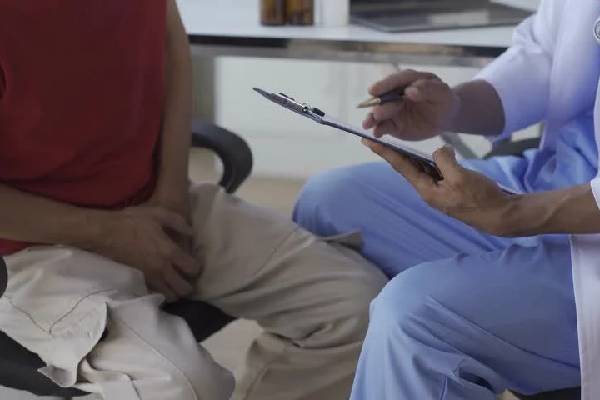Gonorrhea is a common sexually transmitted infection (STI) caused by the bacterium Neisseria gonorrhoeae. It can infect both men and women and affect various parts of the body, including the genitals, rectum, and throat. Understanding gonorrhea is essential for prevention, early detection, and effective treatment. This blog will cover everything you need to know about gonorrhea.
What is Gonorrhea?
Gonorrhea is an STI that spreads primarily through sexual contact with an infected person. It can cause infections in the genitals, rectum, and throat. Gonorrhea is particularly prevalent among young people aged 15-24 years.
Symptoms of Gonorrhea
The symptoms of gonorrhea can vary depending on the site of infection and can be different for men and women. Some people may not experience any symptoms, which can lead to unknowingly spreading the infection.
In Women:
- Increased vaginal discharge
- Painful urination
- Vaginal bleeding between periods
- Painful sexual intercourse
- Abdominal or pelvic pain
In Men:
- Burning sensation during urination
- White, yellow, or green discharge from the penis
- Painful or swollen testicles
Rectal Infections (in both men and women):
- Discharge
- Anal itching
- Soreness
- Bleeding
- Painful bowel movements
Throat Infections:
- Sore throat
- Swollen lymph nodes
Causes of Gonorrhea
Gonorrhea is caused by the bacterium Neisseria gonorrhoeae, which is transmitted through sexual contact with an infected person. This includes vaginal, anal, and oral sex. The bacterium can infect the mucous membranes of the reproductive tract, as well as the mouth, throat, eyes, and rectum.
Diagnosis of Gonorrhea
Diagnosing gonorrhea involves laboratory tests that can detect the presence of Neisseria gonorrhoeae. Common diagnostic methods include:
- Nucleic Acid Amplification Tests (NAATs): These tests detect the genetic material of the bacteria and are highly accurate. Samples can be taken from the urine, cervix, urethra, rectum, or throat.
- Gram Stain: A sample from the affected area is stained and examined under a microscope. This method is less commonly used but can provide a quick diagnosis in men with urethral infections.
- Culture: A sample is cultured in a laboratory to see if the bacteria grow. This method can also determine the antibiotic sensitivity of the bacteria.
Treatment of Gonorrhea
Gonorrhea is typically treated with antibiotics. However, antibiotic resistance is becoming a significant concern, making it essential to follow the prescribed treatment regimen precisely.
- Dual Therapy: The current recommendation is a dual therapy approach, which usually includes an injection of ceftriaxone and oral azithromycin. This combination helps ensure the infection is effectively treated and reduces the risk of antibiotic resistance. you can also buy ceftriaxone Injection, Oder azithromycin online at medzsupplier.
- Follow-Up Testing: It’s important to follow up with testing to ensure the infection has been completely eradicated, especially if symptoms persist or reappear.
Complications of Untreated Gonorrhea
If left untreated, gonorrhea can lead to serious health complications, including:
- In Women:
- Pelvic Inflammatory Disease (PID): This can lead to chronic pelvic pain, infertility, and ectopic pregnancy.
- Spread to Other Parts of the Body: Gonorrhea can spread to the bloodstream and cause disseminated gonococcal infection (DGI), which can affect the joints and cause skin lesions.
- In Men:
- Epididymitis: An inflammation of the tube at the back of the testicle that stores and carries sperm, which can lead to infertility.
- Prostate Infection: Gonorrhea can infect the prostate gland.
- In Both:
- Increased Risk of HIV: Gonorrhea can increase the risk of acquiring and transmitting HIV.
- Disseminated Gonococcal Infection (DGI): This severe condition can lead to joint pain, swelling, and skin lesions.
Prevention of Gonorrhea
Preventing gonorrhea involves practicing safe sex and regular screening. Here are some preventive measures:
- Use Condoms: Consistently and correctly using condoms during sexual activity can significantly reduce the risk of transmission.
- Regular Testing: Regular STI screenings are essential, especially for sexually active individuals with multiple partners.
- Mutual Monogamy: Having a mutually monogamous relationship with an uninfected partner can reduce the risk of gonorrhea.
- Avoiding Douching: Douching can disrupt the natural balance of bacteria in the vagina and increase the risk of infection.
Conclusion
Gonorrhea is a treatable but potentially serious STI that requires timely diagnosis and treatment to prevent complications. By practicing safe sex, getting regular screenings, and seeking prompt medical attention if symptoms arise, individuals can protect their health and prevent the spread of gonorrhea. If you suspect you have gonorrhea or have been exposed to it, consult a healthcare provider for appropriate testing and treatment. Visit Medzsupplier top Leading antibiotic supplier.







Leave a comment
Your email address will not be published. Required fields are marked *